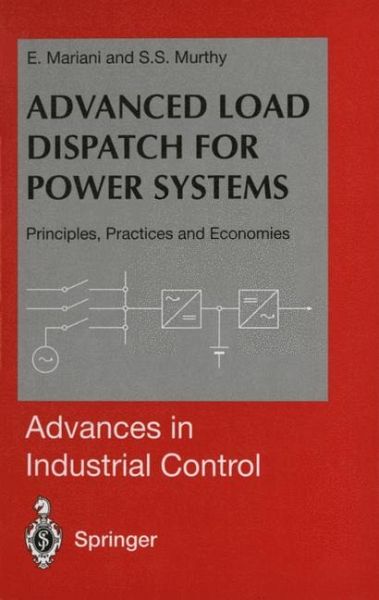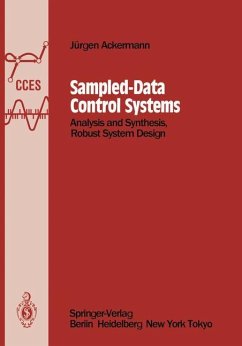
Advanced Load Dispatch for Power Systems
Principles, Practices and Economies
Versandkostenfrei!
Versandfertig in 6-10 Tagen
76,99 €
inkl. MwSt.

PAYBACK Punkte
38 °P sammeln!
The series Advances in Industrial Control aims to report and encourage technology transfer in control engineering. The rapid development of control technology impacts all areas of the control discipline. New theory, new controllers, actuators, sensors, new industrial processes, computer methods, new applications, new philosophies ... , new challenges. Much of this development work resides in industrial reports, feasibility study papers and the reports of advanced collaborative projects. The series offers an opportunity for researchers to present an extended exposition of such new work in all a...
The series Advances in Industrial Control aims to report and encourage technology transfer in control engineering. The rapid development of control technology impacts all areas of the control discipline. New theory, new controllers, actuators, sensors, new industrial processes, computer methods, new applications, new philosophies ... , new challenges. Much of this development work resides in industrial reports, feasibility study papers and the reports of advanced collaborative projects. The series offers an opportunity for researchers to present an extended exposition of such new work in all aspects of industrial control for wider and rapid dissemination. In Europe, and soon in the United States, power system deregulation is becoming widespread. This involves the privatisation of former public power utilities and the creation of power markets. The United Kingdom has recently undergone this transformation and the countries of the European Union are being encouraged to follow this deregulation policy. This volume Advanced Load Dispatch for Power Systems and its companion volume Control of Modem Integrated Power Systems both by Professor E. Mariani and Professor S.S. Murthy are therefore very timely additions to the power system literature and to the Advances in Industrial Control series.














